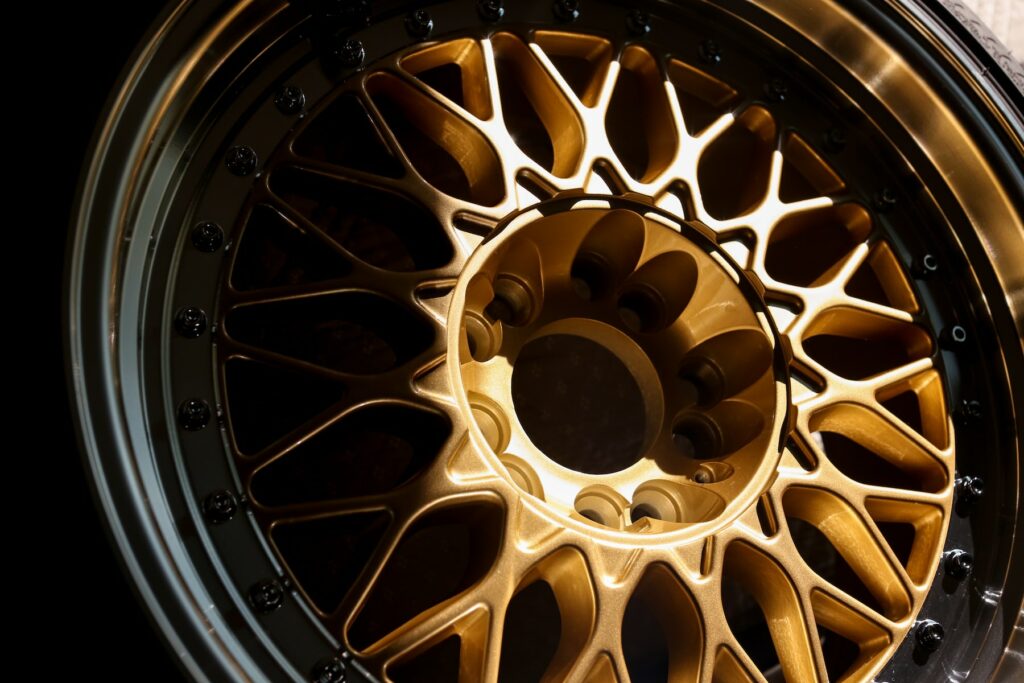![The ‘Giveaway Piggy Back Scam’ In Full Swing [2022]](https://www.cjco.com.au/wp-content/uploads/pexels-nataliya-vaitkevich-7172791-1-scaled-2-683x1024.jpg)

Revolutionizing 3D Mesh Deformation: A Dive into TextDeformer’s AI-Based Technology

As Seen On
Recognized as an integral part of computer graphics and 3D modeling, the 3D mesh has paved its way into diverse fields of application, including architecture, automotive design, video game development, and film production, to name a few. The creation of these 3D meshes, however, involves an element of complexity thereby making it exclusive to the domain of experts armed with specialized artistic skills.
The landscape of 3D modeling does not come without its challenges. Deforming meshes, a crucial aspect of computer graphics and geometry processing, holds a degree of complexity even for the seasoned artists. Deformation should retain the source shape’s semantic integrity while transforming it into a target shape. This thorny task, over time, has prompted the need for technology that can render the deformation process both accessible and streamlined.
Here’s where ‘TextDeformer’ comes into the picture— a path-breaking, AI-based technology aiming to automate the deformation process of 3D meshes. TextDeformer, as it stands, revolutionizes the existing scenario by simplifying the deformation process. Its unique approach centers around transforming the source shape into a target one while assuring semantic consistency.
Pivotal to TextDeformer’s success is its distinctive system architecture based on text-guided generative techniques and Neural Radiance Fields (NeRFs). This AI-based technology breaks the traditional notion of requiring 3D training data for its operation.
After the deformation, the source mesh preserves its structure and attributes, and moreover, the resulting geometry aligns seamlessly with the text specifications. The resultant model retains the essence of the source mesh, just deformed as per the target shape’s attributes.
When juxtaposed against prior text-guided work, TextDeformer’s innovations stand out distinctly. Unlike the previous methodologies that focused on conjuring geometry from scratch, TextDeformer concentrates primarily on deformation tasks, thus amplifying its utility in real project scenarios.
The extent to which TextDeformer modifies an existing shape to generate high-quality geometry resembles the source mesh’s attributes, has been nothing short of groundbreaking. Its proficiency extends beyond creating low-frequency shape changes to crafting meticulous, high-frequency details.
The facet that sets TextDeformer apart is its potential to achieve semantically meaningful correspondences from the source to the target. This essential characteristic enables an artist to effectively alter intricate 3D models while preserving their unique characteristics, marking a significant stride in making 3D mesh deformation accessible and intuitive for artists globally.
In conclusion, TextDeformer’s AI-enabled architecture shines a new light on the field of 3D mesh deformation. Its novel approach is poised to not just transform the manner in which graphic artists work, but also herald the dawning of a new era in computer graphics and 3D modeling.
Casey Jones
Up until working with Casey, we had only had poor to mediocre experiences outsourcing work to agencies. Casey & the team at CJ&CO are the exception to the rule.
Communication was beyond great, his understanding of our vision was phenomenal, and instead of needing babysitting like the other agencies we worked with, he was not only completely dependable but also gave us sound suggestions on how to get better results, at the risk of us not needing him for the initial job we requested (absolute gem).
This has truly been the first time we worked with someone outside of our business that quickly grasped our vision, and that I could completely forget about and would still deliver above expectations.
I honestly can't wait to work in many more projects together!
Disclaimer
*The information this blog provides is for general informational purposes only and is not intended as financial or professional advice. The information may not reflect current developments and may be changed or updated without notice. Any opinions expressed on this blog are the author’s own and do not necessarily reflect the views of the author’s employer or any other organization. You should not act or rely on any information contained in this blog without first seeking the advice of a professional. No representation or warranty, express or implied, is made as to the accuracy or completeness of the information contained in this blog. The author and affiliated parties assume no liability for any errors or omissions.

